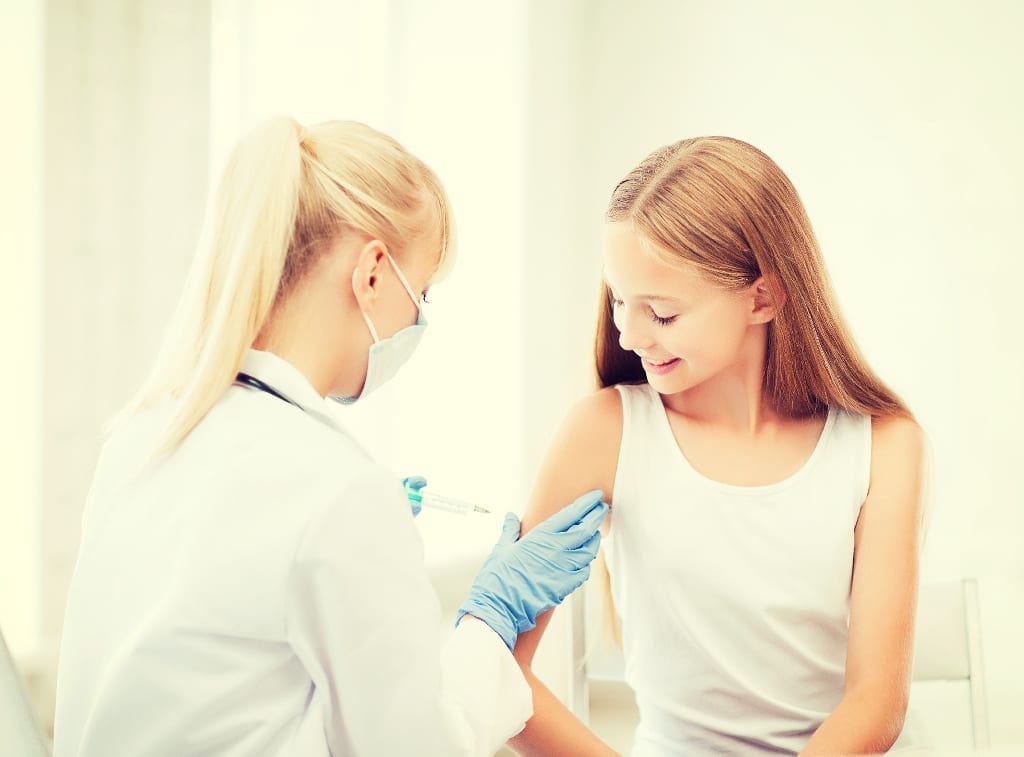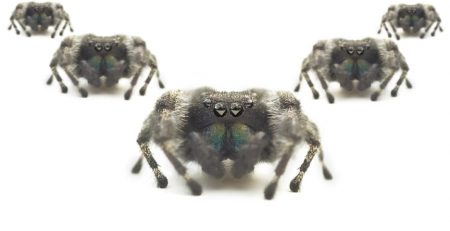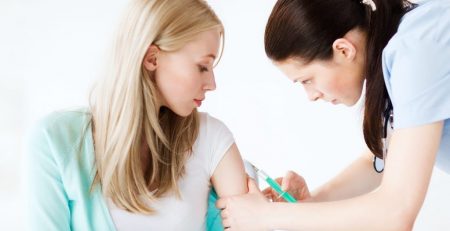HPV Sharply Reduced in Teenage Girls Following Vaccine
According to the American Cancer Society, approximately 12,990 new cases of invasive cervical cancer will be diagnosed in the United States in 2016. More than 4,000 women will die from cervical cancer. Most cervical cancer is caused by the human papillomavirus (HPV), but, according to The New York Times, the HPV vaccine that was introduced about 10 years ago has reduced the prevalence of HPV in teenage girls by alost two-thirds, and for women in their early 20s, instances of HPV have been reduced by more than one-third.
About 14 million Americans become infected with HPV each year, and while the majority will clear the virus with no complications, some strains can genital warts, as well as several other kinds of cancer, in addition to cervical. Despite its proven effectiveness, only about 40% of girls and 20% of boys between the ages of 13 and 17 receive the vaccine. Research recently published in Pediatrics continues to enforce this, reporting that within a 6 year period, there was a 64% decrease in 4vHPV prevalence among females ages 14-19, and 34% decrease among the 20-24 year old crowd. These finding extend previous observations of population impact in the US and demonstrates the first national evidence of impact among females in their 20s.
“We’re seeing the impact of the vaccine as it marches down the line for age groups, and that’s incredibly exciting,” said Dr. Amy B. Middleman, chief of adolescent medicine at the University of Oklahoma Health Sciences Center (not involved in studies), according to the New York Times. “A minority of females in this country have been immunized, but we’re seeing a public health impact that is quite expansive.”














